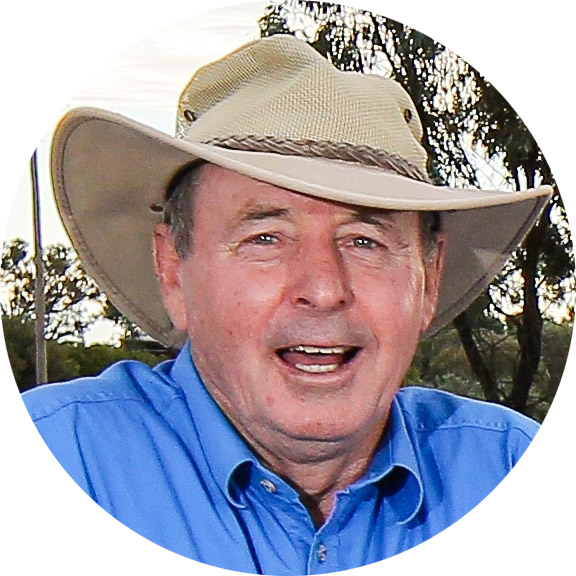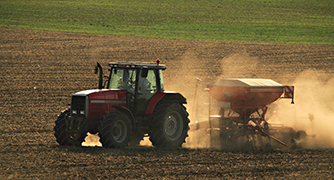When fertiliser hinders, not helps
 PRODUCTION ADVICE - MARCH 2021 - AGRONOMY
PRODUCTION ADVICE - MARCH 2021 - AGRONOMY
By John Fowler
Extension Agronomist
P: 03 5881 9933 | M: 0427 079 138 | E: john.fowler@lls.nsw.gov.au
 Phosphorus fertilisers often interfere with canola establishment, especially at high rates. Hybrid seed costs can exceed $85/ha, so any reduction in establishment can represent a significant financial cost.
Phosphorus fertilisers often interfere with canola establishment, especially at high rates. Hybrid seed costs can exceed $85/ha, so any reduction in establishment can represent a significant financial cost.
At the recent GRDC Update in Wagga Wagga, Maurie Street from the Grain Orana Alliance (GOA) presented results from 15 trials over five years, which looked at ways to reduce the negative impact of fertiliser on canola establishment. He found that at 11 of the 15 sites, placing phosphorus (P) with the seed led to lower canola plant populations. Seedling loss varied from site to site, with the worst-case situation being an 80 per cent reduction in establishment. He also found that increasing the P rate at sowing increased the loss of seedlings.
This presents canola growers with a ‘Catch 22’-type problem: canola needs adequate phosphorus for maximum yield but placing it with the seed often reduces establishment.
The trials GOA conducted compared placing the fertiliser:
- with the seed
- below the seed
- broadcast, then incorporated by sowing (IBS)
- top-dressed post-sowing (no incorporation).
Their work is ongoing, but to date they have seen that placing the fertiliser below the seed often, but not always, avoided seedling damage.
Broadcasting the fertiliser on the soil surface then incorporating it by sowing also worked well in many, but not all, cases. In dry years, this technique did not work as well as placing fertiliser with or below the seed. In wetter years, the canola seemed to develop enough surface roots to locate and absorb the phosphorus near the soil surface. In drier years, it could only access phosphorus lower in the soil profile.
What are the practical implications of this research? Firstly, it needs to be stressed that the investigations are ongoing. Further research may determine the best approach to use. However, in the absence of more data, canola growers may decide to change the way they apply phosphorus.
Growers who can sow the fertiliser below the seed should consider doing so. Those who don’t have this option may look to split their phosphorus application. One suggestion is to broadcast most (but not all) of the phosphorus pre-sowing to be incorporated by sowing, then sow with a maximum of 10 kg P/ha (e.g. 50 kg DAP/ha). This will place enough phosphorus with the seed to satisfy the crop’s needs in a dry year when surface roots are less likely to access the surface fertiliser.
Having a recent soil test will help guide this decision. If the soil has a good Colwell P level, then this approach can be trialled with reasonable confidence. If the Colwell P is low (i.e. less than about 35 mg/kg) then more phosphorus may need to be placed with the seed.
As indicated, this work is still ongoing, so alternative recommendations may be made in future years. In the meantime, canola growers need to consider how they will tackle the problem of reduced plant populations that often result from applying all the fertiliser with the seed.